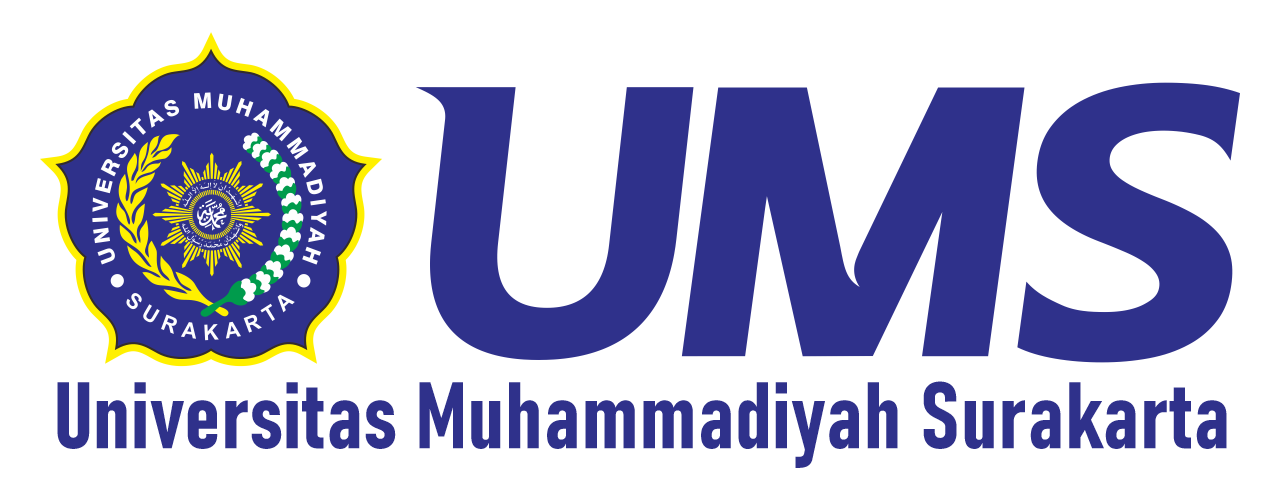Economic Analysis of Trades Post-Revitalization of The Ngawi Grand Market in 2023
Keywords:
market, revitalization, economy, Ngawi RegencyAbstract
Traditional markets typically have dirty, muddy air and unpleasant odors. They also have weaknesses that are difficult to change. There are several differences compared to modern shopping centers, such as an unideal layout and irregular spatial arrangements. Physical and non-physical improvements can be used to enhance the conditions of traditional markets, commonly referred to as revitalization programs. The revitalization of traditional markets is one of the government’s efforts to ensure that traditional markets continue to operate and restore their actual functions. After the revitalization was carried out at the Ngawi Grand Market, researchers conducted a study to determine the effectiveness of the market revitalization on traders' economies. Respondent samples were taken from traders using a Proportional Random Sampling technique, which ensures that every member of the population has an equal opportunity to be selected as part of the sample. After categorization, the number of samples was determined through a simple random sampling process, which is a probability sampling technique where every member of a population has an equal chance of being chosen as part of the sample through a lottery or using a formula to produce the required sample size. The results of this study indicate that the revitalization carried out by the government at the Ngawi Grand Market has been successful due to the increase in income, which positively impacts the traders' economy.
Downloads
References
A.A Mirah Pradnya Paramita, A.A Ketut Ayuningsasi. (2019). The Effectiveness and Impact of the Traditional Market Revitalization Program at Pasar Agung Peninjon. E-Journal of Development Economics, Vol. 2, No. 5.
Azizah, S. N. (2016). Analysis of the Impact of the Traditional Market Revitalization Program at Pasar Tumenggungan on Traders' Income and Evaluation of Market Management After the Revitalization Program According to Traders' Perceptions. Focus Business Journal, Vol. 15, No. 02.
Badan Pusat Statistik (BPS). Ngawi Regency in Figures 2023. Catalogue 1102001.3521.
Badrika, I. N. A., & Widiana, I. G. N. A. B. (2023). The Impact of Traditional Market Revitalization on the Welfare of Traders at Kediri Market, Kediri District, Tabanan Regency. Locus: Scientific Journal of FISIP, Vol. 15, No. 1.
Darsono Prawironegoro. Managerial Economics. First Edition. (Jakarta: Nusantara Consulting, 2010), p. 147.
Hartono, M. A. R., & Asj’ari, F. (2020). Analysis of the Impact of Traditional Market Revitalization on Traders' Income (A Study on the Traditional Market of Bulubrangsi Village, Laren District, Lamongan Regency). E-Journal.unim, Vol. 3, No. 2.
Minister of Industry and Trade of the Republic of Indonesia No. 420/MPP/Kep/10/1997.
Pratiwi, K. C., & Kartika, I. N. (2020). Analysis of the Effectiveness of the Traditional Market Revitalization Program and Its Impact on Traders' and Market Managers' Income at Pohgading Market. E-Journal of Economics and Business, Udayana University, 8.7 (2019): 805-834.
Ridho Pratama and M. Sahnan. (2019). Analysis of Income Distribution Inequality Among Traders in Tanjung Morawa District, Deli Serdang. Journal of Economic Finance and Public Policy, No. 1, Vol. 1.
Sudriwati. (2017). The Impact of Flea Markets on Traders' Income at Kiyap Jaya Market Reviewed from Islamic Economics . Thesis, p. 33.
Siti Faizah Hikmahyatun. (2019). Market Structure from the Perspective of Islamic Economics. Journal of Islamic Economic Science, No. 02, Vol. 03.
Yuni Saputri, G., & Sari Islami, F. (2021). Analysis of the Impact of Traditional Market Revitalization on Traders' Income at Bobotsari Traditional Market. In Journal of Multidisciplinary Paradigms (JPM), Analysispm, Vol. 2, Issue 2.





